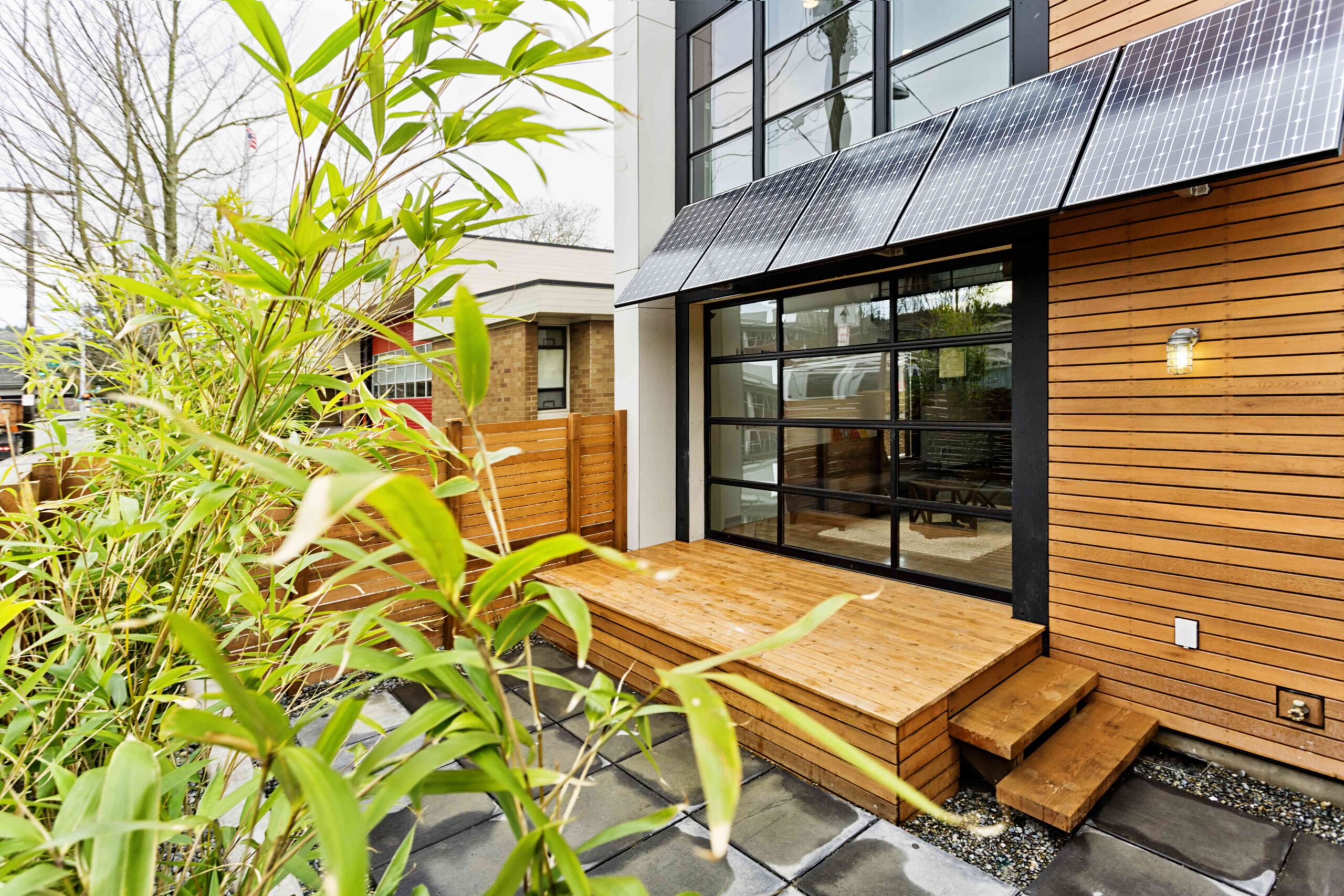
Eco-friendly building materials are used in construction that don’t harm the environment. They come from natural or recycled sources and use less energy to make. These materials also last a long time and can be reused or recycled when they’re no longer needed.
Use eco-friendly building materials
- They’re better for the environment
- They can make your home healthier
- They often save you money in the long run
- They can make your home more comfortable
Types of eco-friendly building materials
- Bamboo – Bamboo is a fast-growing, vigorous plant that proliferates after being cut, making it a great eco-friendly choice.
- Recycled steel – Steel from old cars or buildings can be melted down and used again. This recycled steel is as strong as new steel but uses much less energy.
- Reclaimed wood – This is wood that’s been taken from old buildings or fallen trees.
- Straw bales – Walls can be constructed with straw bales. This means your home will stay warm in winter and cool in summer.
- Cork – Trees such as cork oaks must have thick and hard bark to produce cork. Cork is naturally fire-resistant and helps keep noise down.
- Sheep’s wool – Sheep’s wool makes excellent insulation. It’s natural, renewable, and doesn’t irritate your skin or lungs like other insulation types.
- Recycled plastic – During the last few years, some companies have begun manufacturing building materials made from recycled plastic, such as roof tiles and outdoor decking, for construction.
- Earth – Earth can be used to make bricks or entire walls.
Start using eco-friendly building materials
If you want to use eco-friendly materials in your home.
- Do your research– Learn about different eco-friendly materials and how they can be used.
- Talk to professionals– Find architects or builders with eco-friendly construction experience.
- Start small – If you need more time to prepare for a big project, start with minor changes. For example, you could install bamboo flooring in one room.
- Think long-term – Some eco-friendly materials might cost more upfront, but they often save money because they last longer or help reduce energy bills.
- Check local rules – Ensure the materials you want to use are allowed in your area. Some places have strict building codes.
- Consider your climate – Some materials work better in certain climates. For example, straw bale construction is excellent in dry areas, but there might be better choices in wet places.
Homes built entirely from recycled or natural materials. Some exciting new eco-friendly building materials include.
- Bricks made from recycled plastic
- Insulation made from mushrooms
- Green concrete that removes carbon dioxide from the air
Eco-friendly building materials are a great way to make your home better for the environment and you. They can serve as a strong anchor for sustainable living. From bamboo floors to recycled steel beams, there are many options. It balances educational content with practical advice, providing value to readers who may be considering more sustainable options for their homes or buildings.






